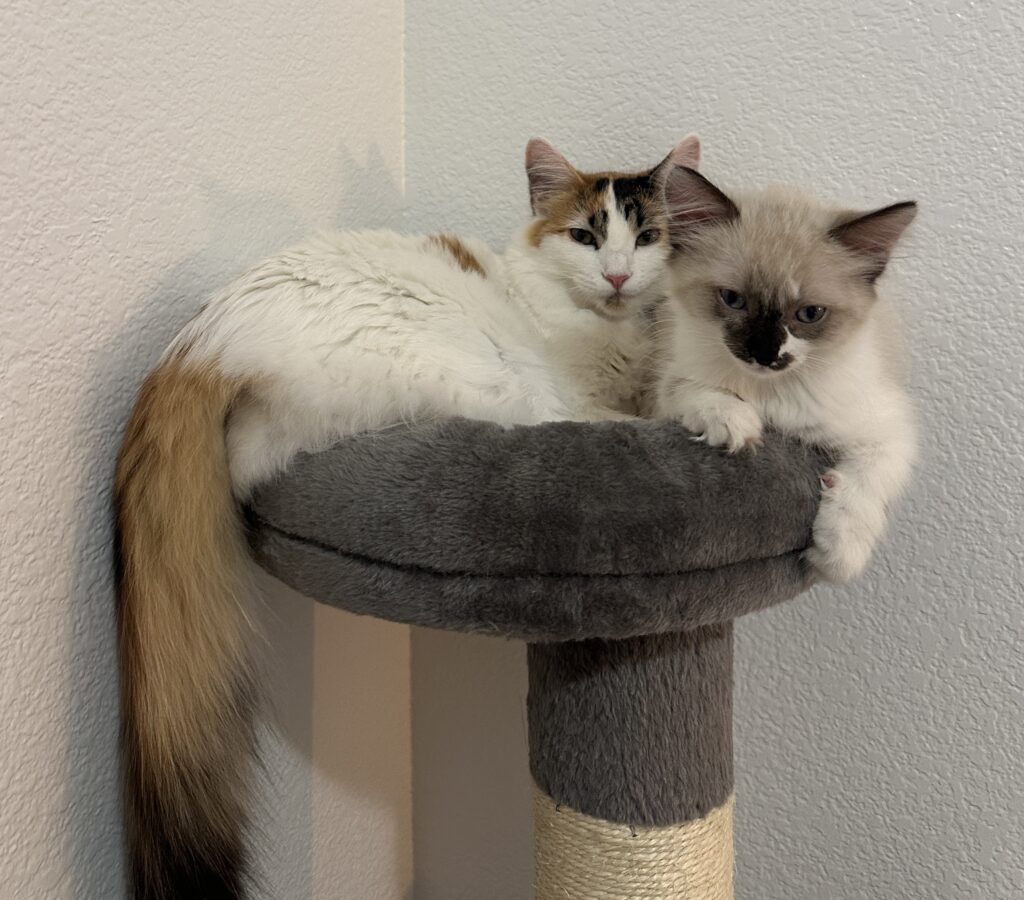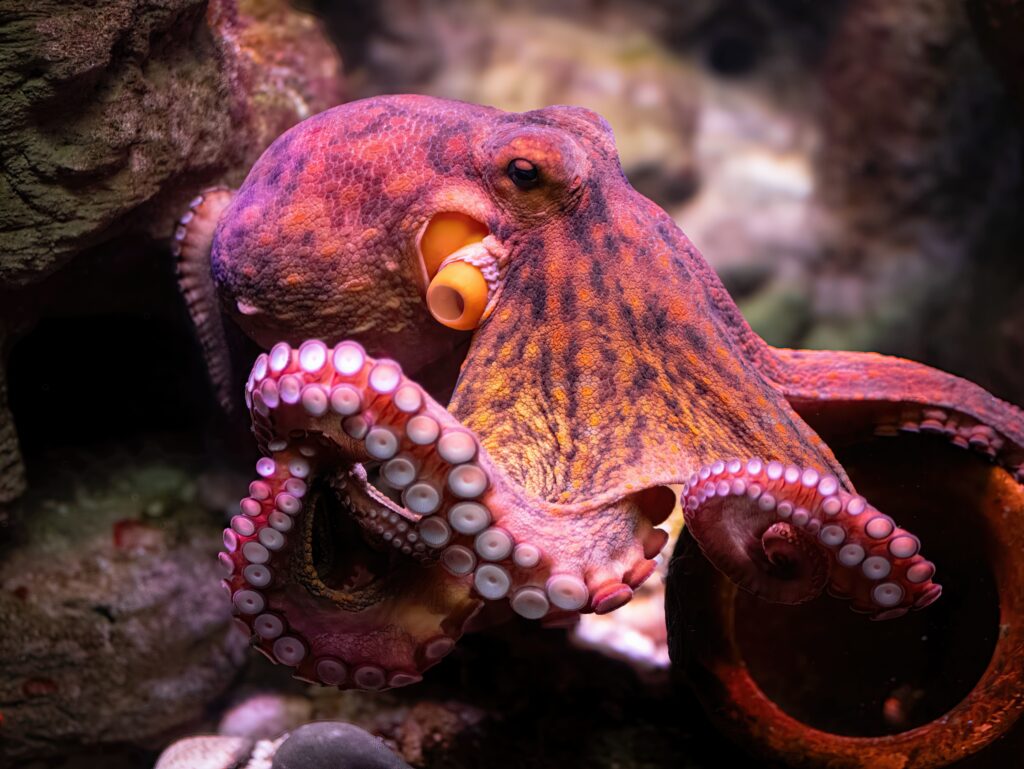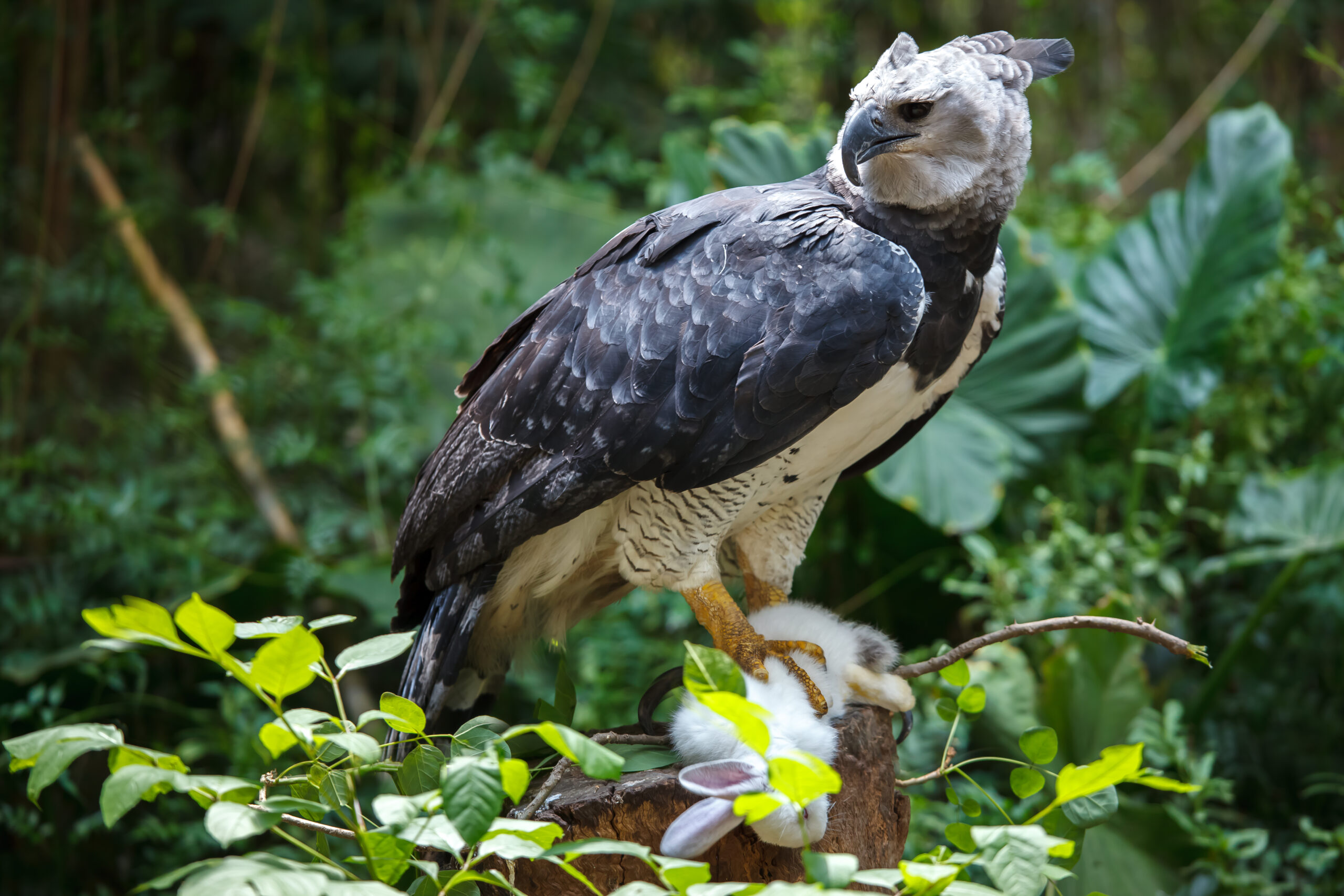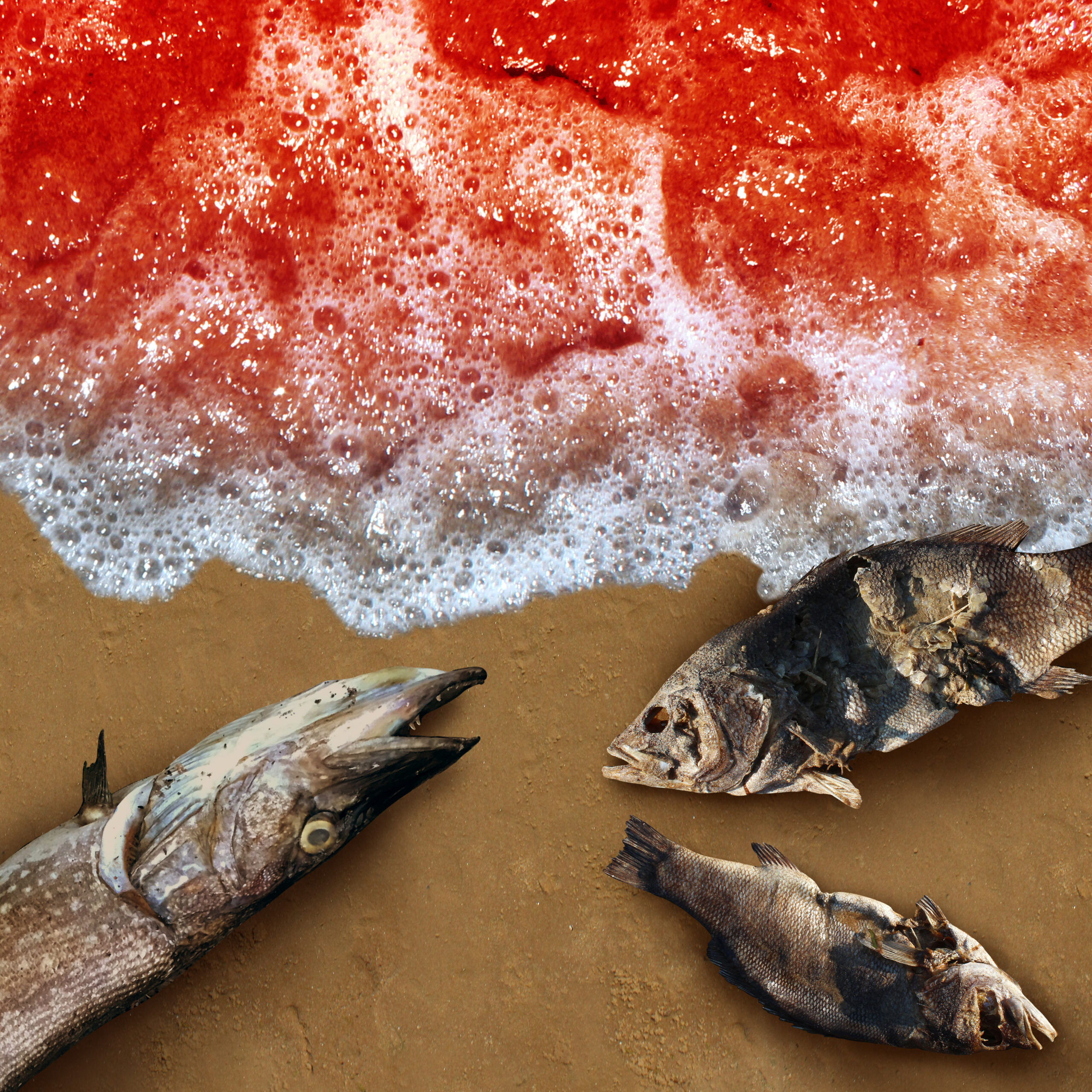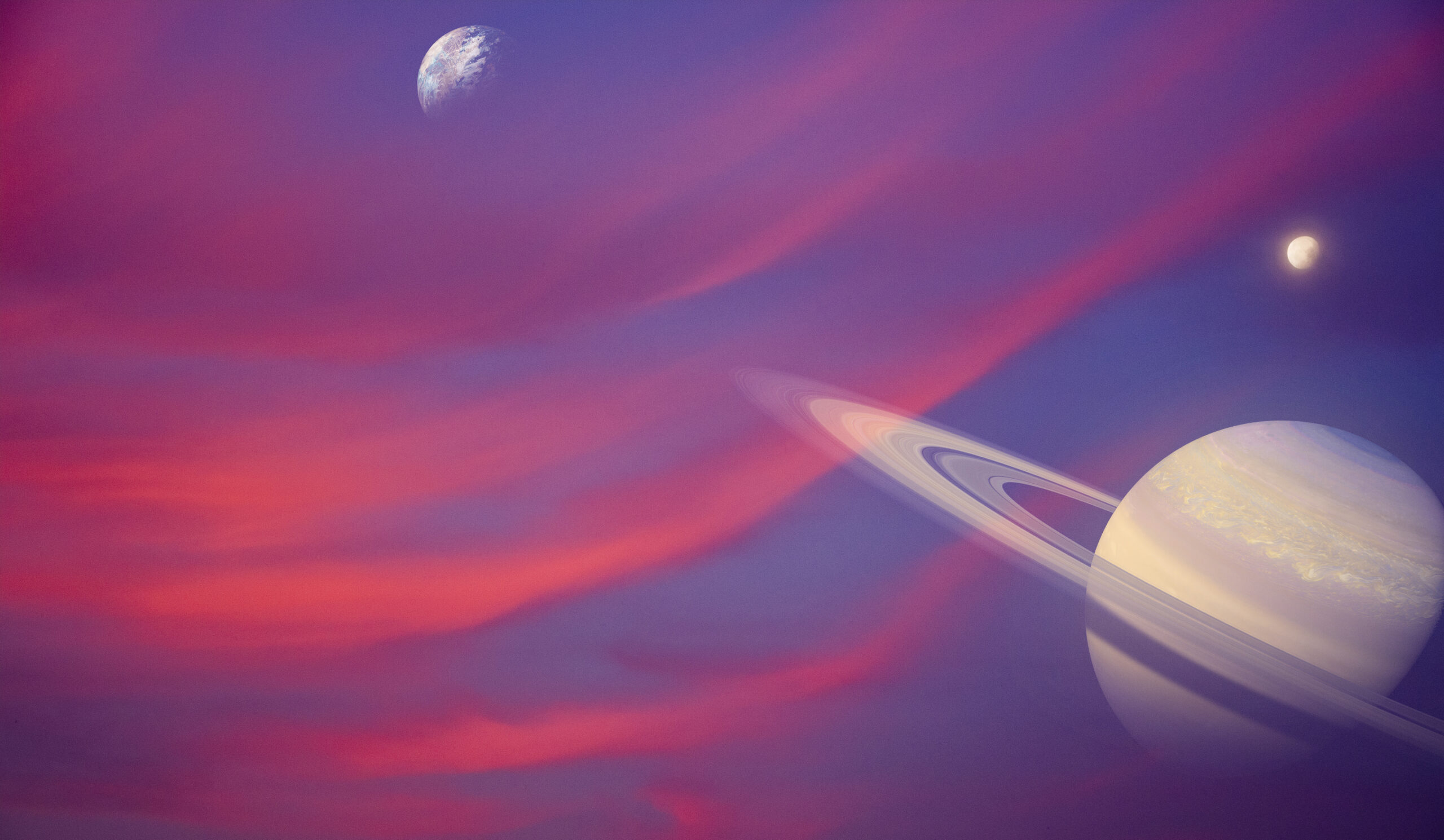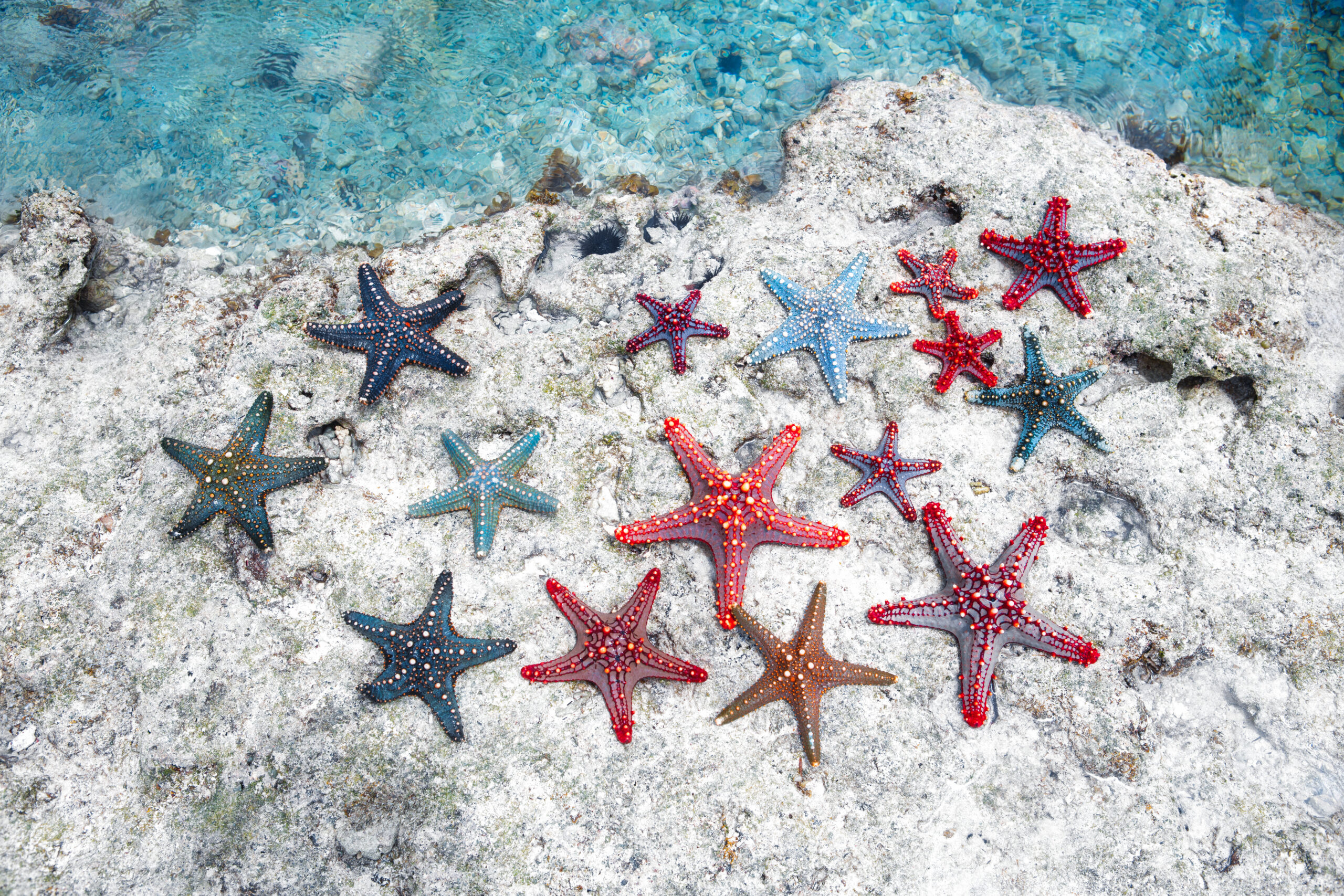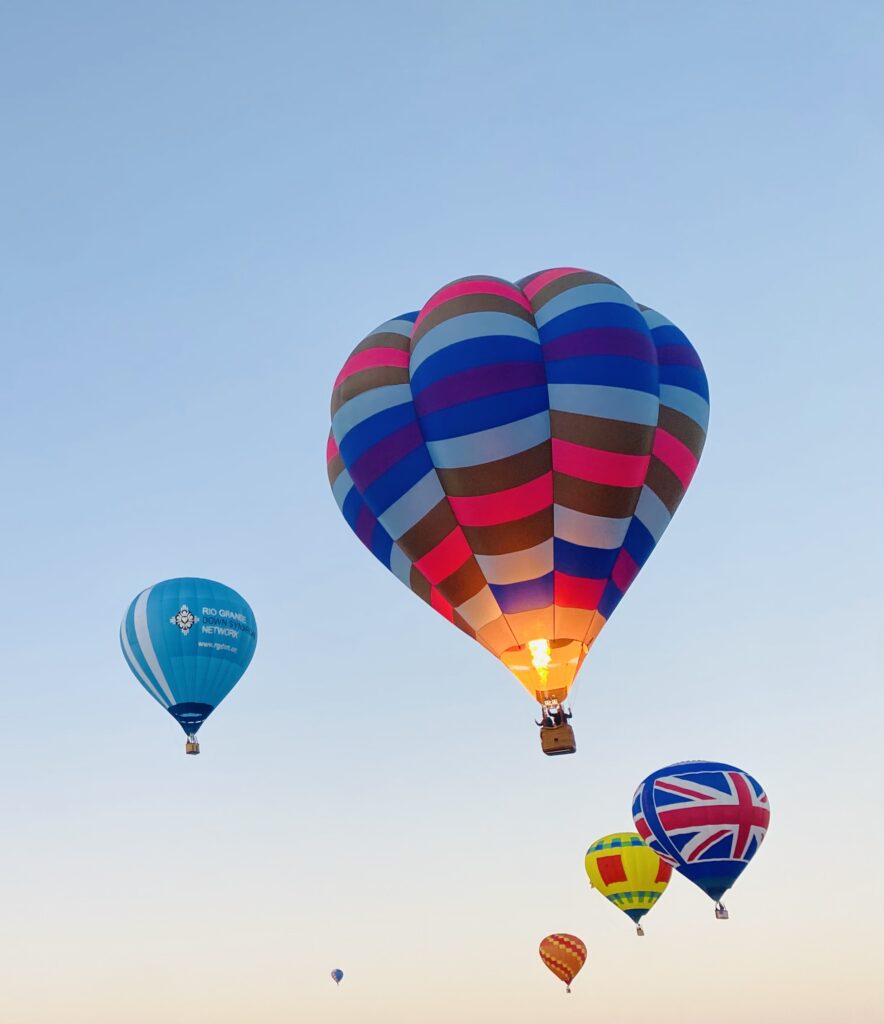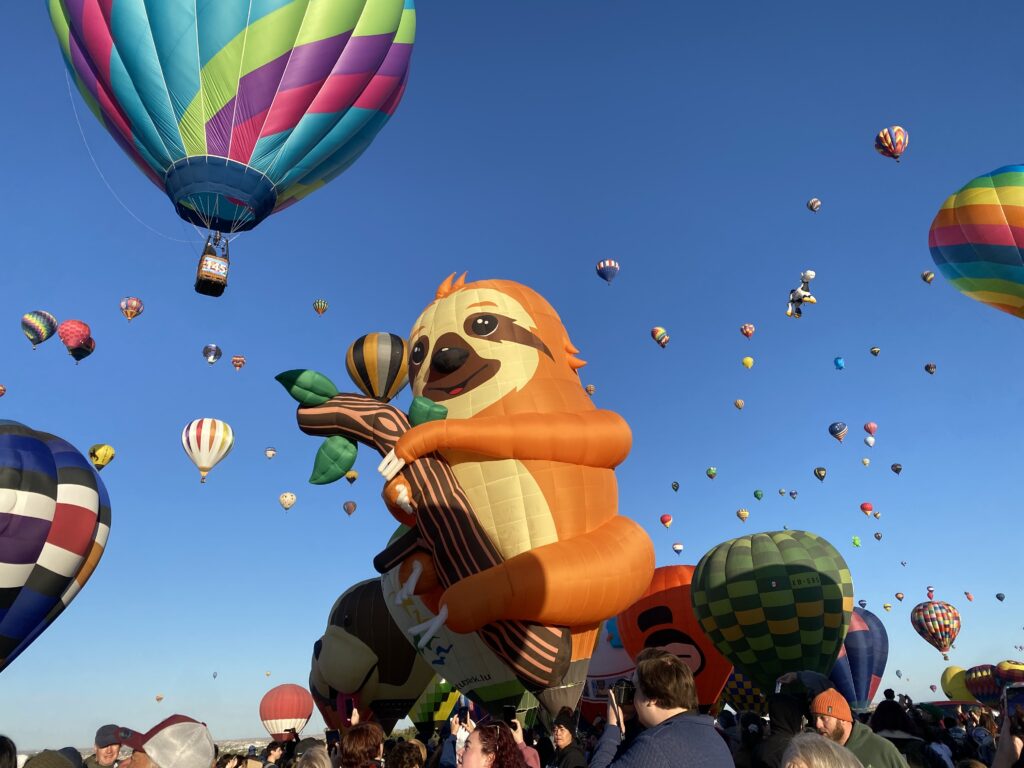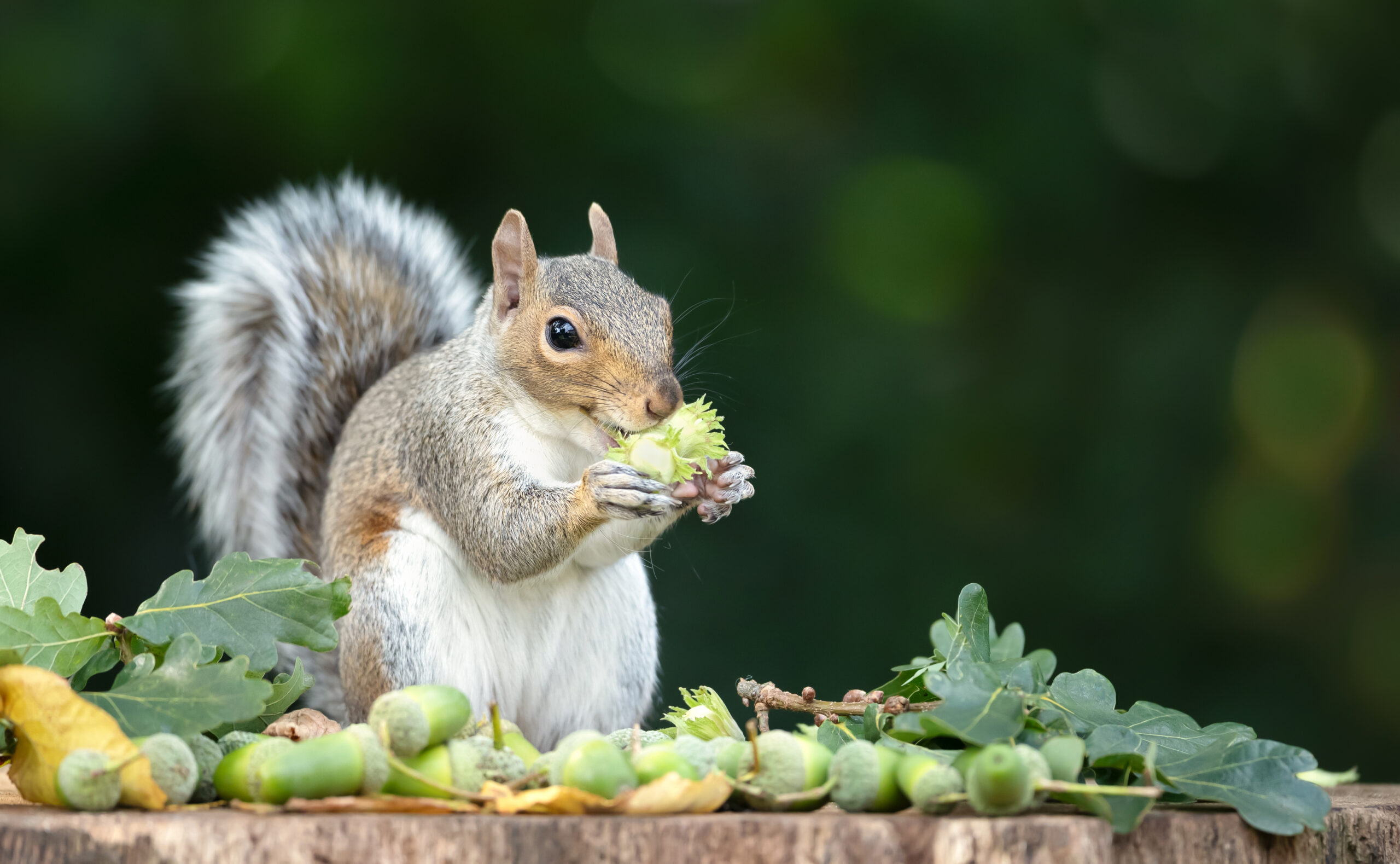Unicorn of the Sea
Nicknamed “unicorn of the sea,”: Narwhals are a species of whale famous for its long ivory tusk. Growing up to nine feet (2.5 meters) long, its tusk has millions of nerve endings, which may help narwhals find food. –wwf.ca
You read it first in The Factory in Guide magazine.
Have you ever been to the ocean? Many have not. The water is very salty and has a fishy smell. Those who have been there may have had the privilege to swim or snorkel in it, as well. You can float much better in the ocean, than in freshwater.
Some people like to go fishing in the ocean. Oceans have very different kinds of fish than rivers and lakes, and usually fish that are much bigger in size. When people fish in the ocean they may want to catch things like tuna, swordfish, mackerel or sailfish. These would be really neat to see!
One of the most amazing ocean dwellers that I would want to see is the narwhal. They belong to the whale family and live in the arctic waters. They have a long tusk growing out of their mouth. This tusk is actually an overgrown tooth that grows in a spiral. And a special feature of this tusk is that it can bend up to 1 foot (0.3 meters) in all directions.
The narwhal has two teeth, both at the tip of the upper jaw. In males, usually only the left tooth develops. The resulting tusk can grow to about 10 feet (3 meters) long. It has spiral grooves on the surface. The right tooth in males and usually both teeth in females remain undeveloped. Some females, however, have one tusk. On rare occasions two tusks may develop in either males or females. That would be really neat to see as it is very uncommon!
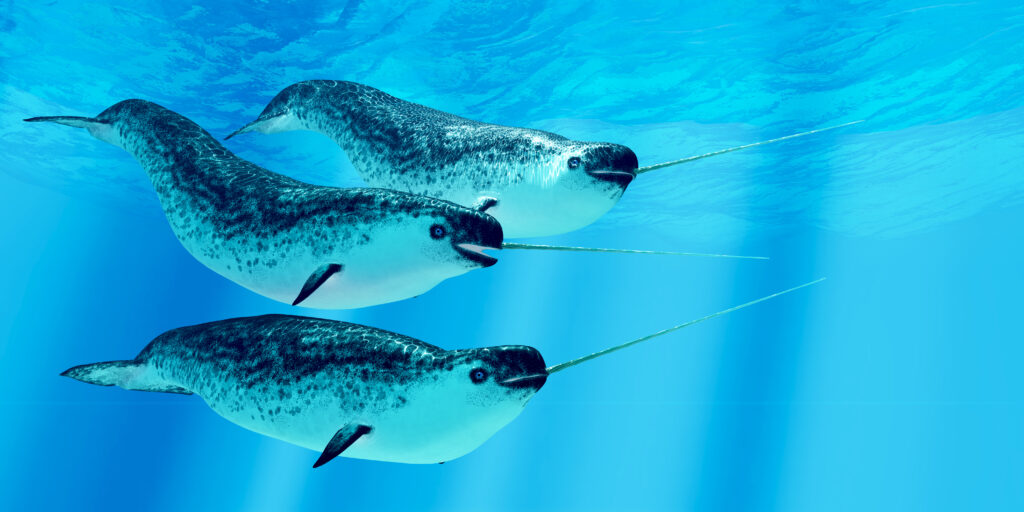
Large male narwhals can grow to a length of 15 feet, and weigh up to two tons. A female can give birth once every three years, after a pregnancy of 15 months. At birth, the baby narwhal is about five feet long and weighs about 180 pounds. That’s a pretty big baby!
It was originally believed that males used their unique tusks to hunt prey and to compete for mates. However, scientists have discovered that the tusks are covered with sensory nerve endings. Through the nerves they are able to detect variations in the water, including temperature changes and salt levels. It is believed that their special tusk helps them to find food, as well, and/or for channeling and amplifying sonar pulses (which they emit). They like to eat things like shrimp, squid and fish.
Narwhal can dive deep into the sea to around 800 meters (just under half a mile), but can also sometimes dive up to 1,500 meters. This makes them one of the deepest diving sea mammals. Narwhals typically live about 25–50 years in the wild. However, some may live to more than 100 years.
God’s creatures are amazing! And, if anyone asks if you have ever seen a unicorn, you can show them a picture of a narwhal! A real creature with a very long tooth!
This reminds me of Psalm 104, which says, “O Lord, how manifold are Your works! In wisdom You have made them all. The earth is full of Your possessions - this great and wise sea, in which are innumerable teeming things, living things both small and great.” Psalm 104:24-25
—Carol Lyons, Assistant
Discovery Mountain
Scripture taken from the New King James Version, Copyright 1982 by Thomas Nelson. Used by permission. All rights reserved.
Learn More About This Fact
For more interesting facts, click on the buttons below!
